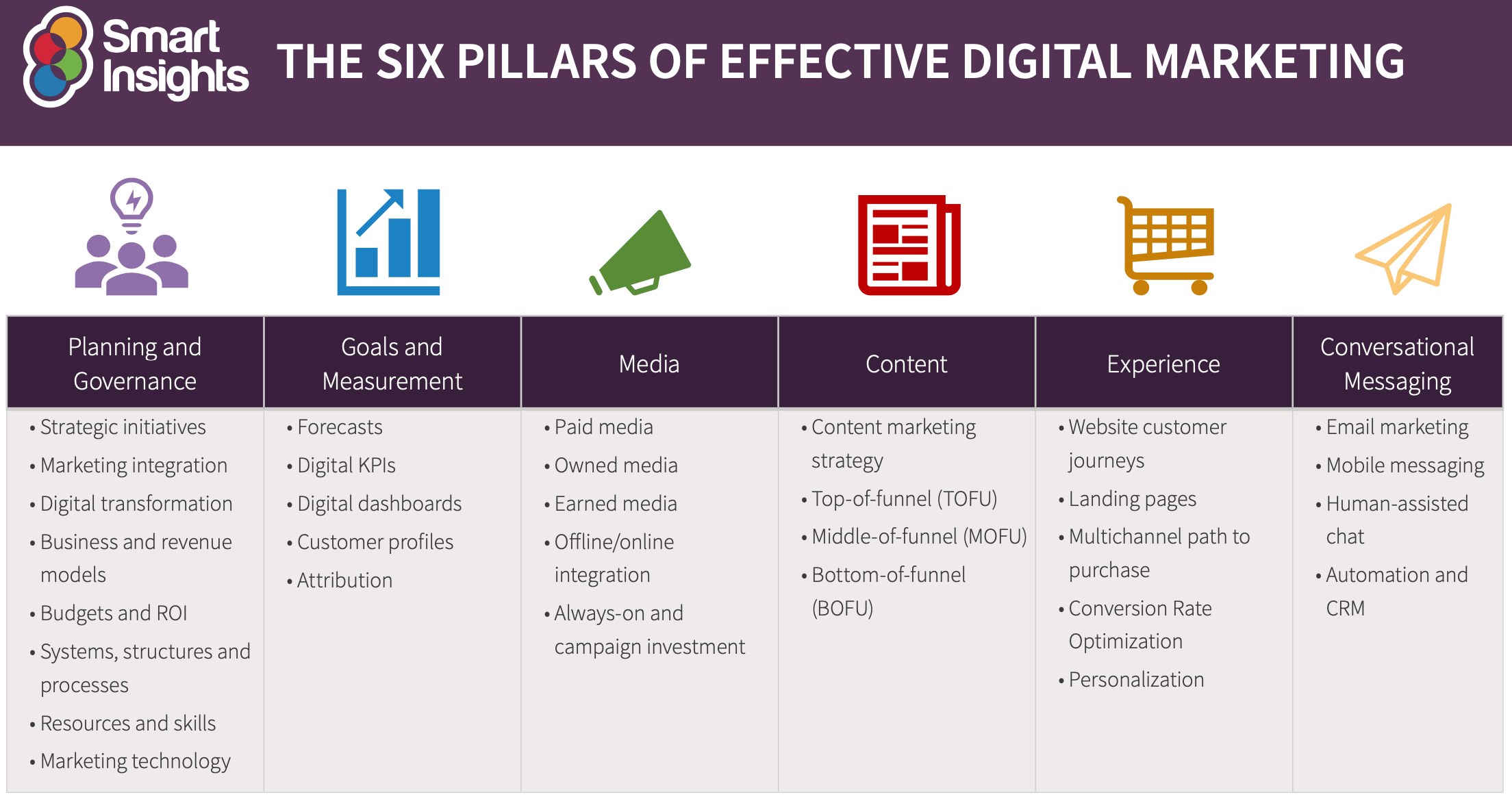Enhance Customer Experience and Drive Website Traffic With Responsive Website Design
In today's digital landscape, where customers are accessing web sites from a multitude of tools, responsive web style has actually become much more vital than ever. With its ability to adjust and perfectly change to various display sizes, responsive layout not just boosts customer experience but additionally drives website traffic to your website.
Why Responsive Web Layout Matters
Receptive website design is a vital element of modern internet growth because of its capacity to guarantee ideal user experience throughout different gadgets and display dimensions. With the spreading of mobile phones, tablets, and other mobile tools, it has actually come to be essential for websites to adjust and give seamless functionality despite the device being made use of.
The primary reason that responsive internet style matters is that it allows users to have a enjoyable and consistent searching experience, no matter the gadget they are utilizing. A receptive website immediately changes its style, content, and design elements to fit the display dimension and resolution of the gadget, guaranteeing that customers can easily navigate and connect with the site without any type of aggravation or irritation.
In addition, receptive website design additionally plays a substantial function in seo (SEO) Internet search engine, such as Google, focus on sites that are mobile-friendly and responsive in their search results page. By including receptive style principles, web sites can improve their visibility and ranking, resulting in enhanced natural website traffic and prospective customers.

Boosting User Involvement With Responsive Design
Enhancing customer interaction is a key goal of receptive design, as it ensures that users can quickly access and connect with web site material on any tool. With the enhancing use of mobile phones and tablets, it is crucial for websites to adjust to various screen sizes and resolutions. Responsive design allows sites to automatically change their design and material to supply a smooth individual experience across gadgets.
One of the primary ways responsive design increases user involvement is by lowering tons times. With a receptive site, individuals don't have to wait for different mobile variations to tons, leading to faster access to content. This improved rate brings about greater individual fulfillment and motivates them to spend more time on the website.
In addition, responsive design enhances customer interaction by enhancing navigation and customer interface (seo Carlsbad). When a web site is created responsively, buttons and menus are maximized for touch interactions, making it easier for customers to connect and navigate with the site on their smart phones. This user-friendly and instinctive experience keeps users involved and encourages them to discover more of the internet site
Moreover, responsive style allows for much better content exposure and readability. By adapting the design and typeface sizes to various devices, receptive websites make sure that users can quickly review and comprehend the content. This enhances customer interaction by reducing the requirement for scrolling or zooming to read the message.
Boosting Website Web Traffic With Responsive Internet Design
With the expanding popularity of mobile phones, having a site that is receptive to various display sizes and resolutions is necessary for driving raised website traffic. In today's electronic landscape, customers are accessing internet sites from a variety of devices such as smartphones, tablets, and home computer. Each of these tools has various display dimensions and resolutions, and if your web site is not created to adapt to these variations, it can result in a poor user experience and a loss of potential website traffic.
Receptive website design guarantees that web page desining your site looks and functions optimally throughout all gadgets. By utilizing flexible grids, fluid photos, and media questions, responsive design allows your web site to immediately adjust its layout, navigating, and web content to fit any kind of display size. This suggests that individuals will have a smooth browsing experience no matter of whether they are utilizing a small smart device or a big desktop computer system.
Secret Elements of Efficient Responsive Layout
Effective receptive design includes several vital aspects that ensure a seamless customer experience across various devices. One of these aspects is versatile grids and formats. By utilizing loved one units like percentages as opposed to repaired devices like pixels, developers can create layouts that scale and adapt to fit different display sizes. This allows material to be presented in a understandable and aesthetically appealing way on any kind of device.
Another essential aspect is media questions. These permit developers to use different styles and layouts based on the attributes of the customer's tool, such as screen size and orientation. By utilizing media inquiries, developers can maximize the discussion of web content for each device, making sure that it is easily accessible and readable.
Receptive pictures are likewise vital in reliable receptive style. Pictures that are as well click this big can reduce page load times on mobile phones, while images that are also tiny might show up pixelated on larger screens. By using strategies such as receptive picture resizing and lazy loading, designers can ensure that photos are suitably sized and enhanced for each device.
Last but not least, efficient receptive style entails a mobile-first strategy. This suggests focusing on and creating content for smart phones first, and after that broadening and improving the design for bigger screens. This approach makes certain that one of the most essential web content is quickly accessible on smaller sized screens, while still providing an abundant experience on larger tools.
Best Practices for Implementing Receptive Website Design
Implementing receptive web layout requires mindful consideration of numerous best techniques to guarantee an optimum user experience throughout different gadgets. When carrying out receptive web layout., here are some vital best techniques to follow.
First of all, it is crucial to focus on mobile customers. With the enhancing prominence of mobile devices, creating for mobile-first has become vital. Beginning deliberately for smaller screens and after that gradually boost the layout for larger screens.

One more essential best practice is to my review here enhance photos for various display resolutions. Large photos can reduce the loading time of your website, especially on mobile phones with slower connections. Use responsive images that can be resized based upon the gadget's screen resolution to improve efficiency.
In addition, test your internet site on different tools and screen sizes to ensure a seamless and constant experience. There are numerous testing devices readily available that can aid you determine any concerns and make necessary modifications.
Last but not least, prioritize functionality and accessibility. Make sure that your internet site is easy to navigate, with clear and succinct content. Make sure that your web site comes to people with impairments and complies with access guidelines.
Conclusion
In conclusion, receptive web layout plays a vital role in boosting individual experience and driving website traffic to web sites. By adopting receptive design principles, websites can make sure optimal checking out experiences across different tools, leading to enhanced customer engagement.
Maximizing user interaction is a key objective of responsive layout, as it guarantees that customers can easily gain access to and interact with site web content on any gadget. Receptive layout enables web sites to instantly adjust their design and web content to provide a seamless individual experience throughout tools.
Additionally, responsive style enhances user interaction by boosting navigating and user interface.Responsive pictures are likewise critical in effective responsive style. By embracing receptive layout concepts, internet sites can ensure optimal seeing experiences across different gadgets, leading to boosted customer involvement.